I recently finished guiding six bear viewing trips for Natural Habitat Adventures on Alaska’s Katmai Coast. As usual it was a fantastic year for mother and cubs, and maybe one of the best. I counted at least 9 families in the two bays that we explored during the first half of the summer. I am going to split mom and cub highlights into two posts- first and second year cubs, and older cubs.
Many people are confused about the different age classes of bear cubs, and what each is called, so I’ll provide a little “bear cub 101” as well as show my favorite images.
Spring cubs
All bear cubs are born around Christmas. Cubs in their first summer of their life are around 6 months old when they appear in June. First summer cubs are also referred to as spring cubs, springers or COYS (cubs of the year.) They are usually very dark in color and often show a patch of light colored fur on their chest known as a “corona.” Springers are awkward, playful and very curious as they explore their world under careful guidance by their mothers. They are typically around 15 pounds in June and double this by September.
One of the highlights of the season was spending several hours with a gorgeous blonde female who I have known for many years. It was the first time I had seen her that summer with the cubs, so I was certain that the cubs would be afraid of people. We sat and watched her from a distance for over an hour from 150 yards before she decided to come close to us and introduce her little ones to bear viewers. In this region it is important for bears to be comfortable with people because groups of bear viewers are often present in key feeding areas. Mother bears must obviously teach the cubs what is dangerous, such as wolves, wheeled planes taking off and landing on beaches, and other bears. In contrast, they also must teach them what to ignore so they don’t waste time and resources unnecessarily avoiding things that present no danger. In most areas of Alaska (and the world) where bears are hunted, people are the biggest threat to bears, so if a mother with cubs doesn’t think she can escape from people she can be extremely dangerous. There is no hunting in Katmai, so mother bears train their cubs that it is safe to approach groups of bear viewers.
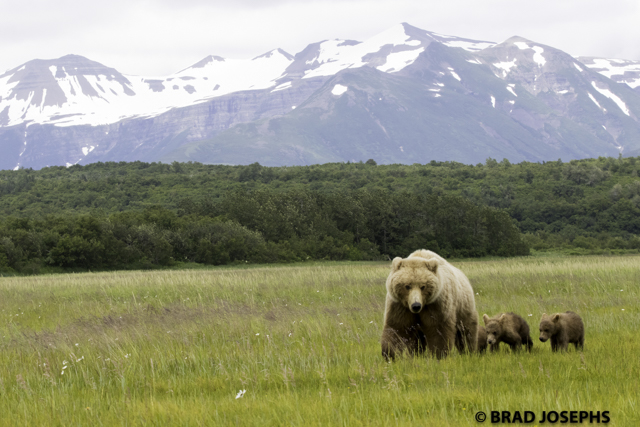
The female first appeared at the tree line hundreds of yards from my group. We sat down and waited patiently for an hour before she decided to come over and graze very close to us. I am fairly certain that this was the first time these cubs had been close to humans. Wildlife viewing cannot be more exhilarating and intimate than moments like these…..
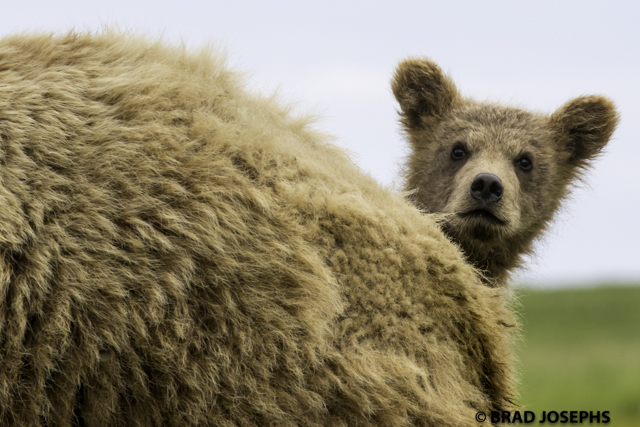
Im sure these guys have never been close to people before. I was lying on the ground to show that I was not a threat.
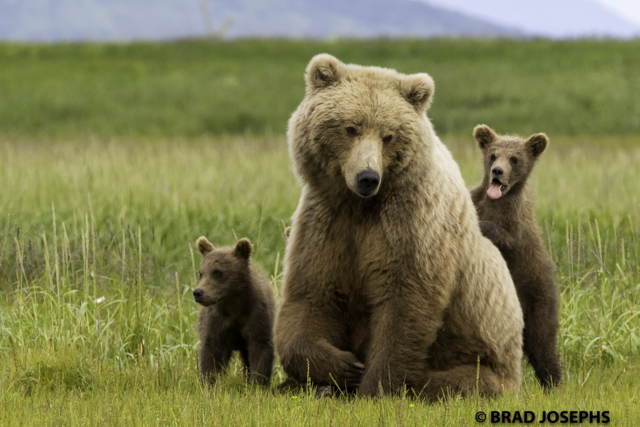
The cubs watch as a young single female bear passes behind us. The mother sits down which is bear language for “Im not scared of you, and I also have no intention of bothering you.” The cubs learn all these tricks from their mothers.
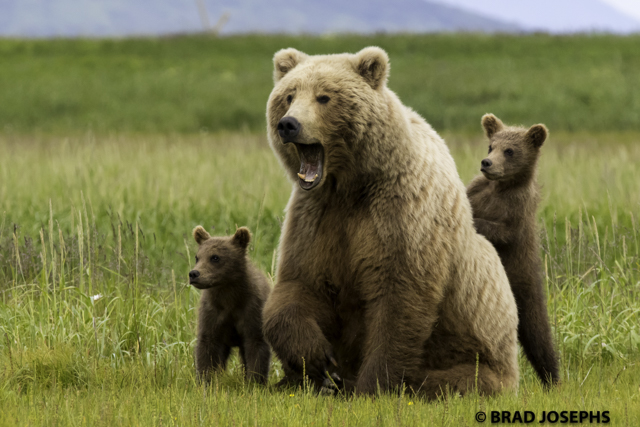
A yawn is often the first sign of low level stress. Any bear near the cubs stresses out mom, or maybe she was just sleepy.
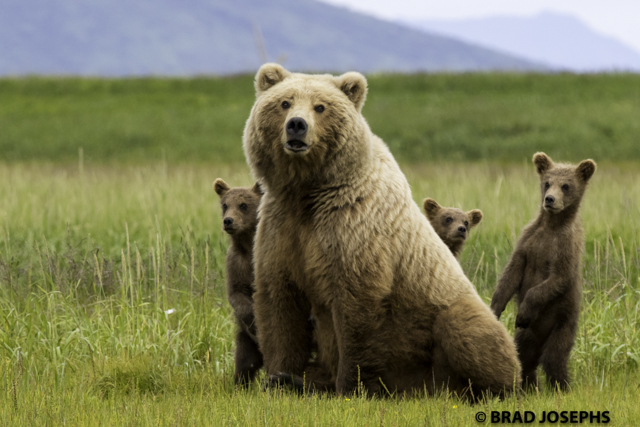
Mom checks us out and takes note of how we handled the bear walking close behind us. We spoke bear language as well, by staying seated on our stools. We are consistently showing the bears that we aren’t afraid of them, and have no intention of bothering them. We trust them, and they trust us.
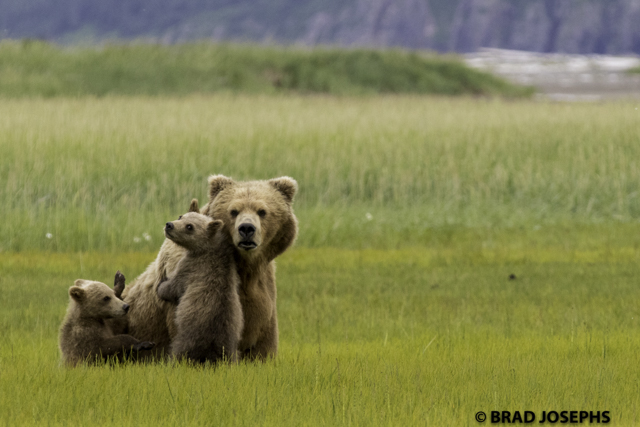
It is always great to this bear we call Melissa. I have watched this huge dominant female raise many litters of cubs over the years.
Many season highlights came from another amazing bear family in a bay to the south. This female spent the entire summer on an island that lacked huge sedge meadows, but also lacked other bears, so while it wasnt as productive for food, it was very safe. We normally watched this family from a skiff as she grazed along the shoreline.
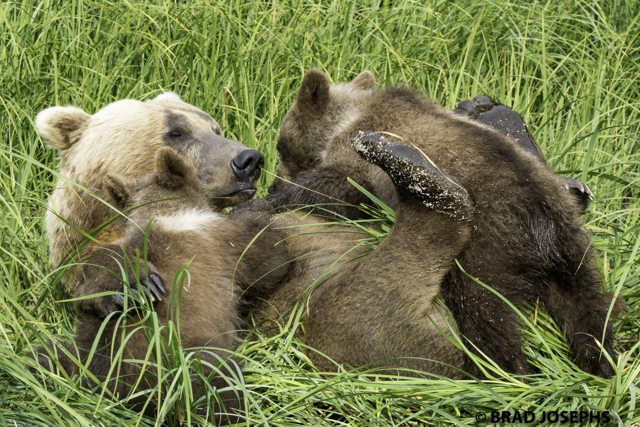
You know a bear trusts you when she nurses her spring cubs right in front of you. This is what happens when bears are treated with respect.
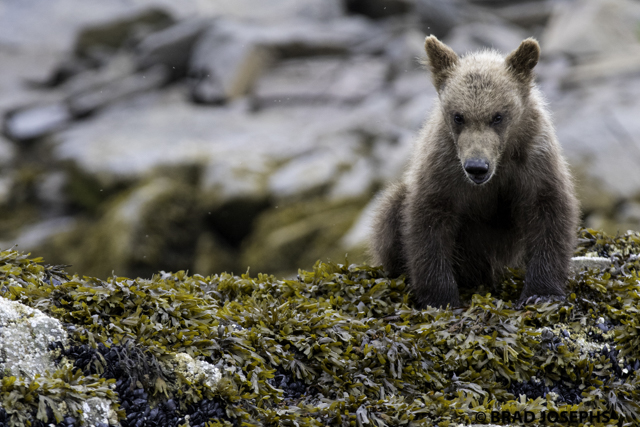
A spring cub checks me out as I hold the skiff near the shoreline to watch the family search for clams and small fish at low tide.
This year was obviously spectacular for spring cub sightings. Another batch of bears is born into a world where bears and people get along because people have treated bears with respect for so many years. The bears pay us back for this respect every day in the summer in this stunning frontier.
Here is another word on safety- No one should ever attempt to stay within close proximity of bears, especially mothers and cubs, unless they have years of experience with those particular bears. For example, my twenty years of experience with these bears are of little use in Denali, Yellowstone, the Canadian Rockies, or anywhere where bears do not trust people. I have seen what happens to things that threaten bear cubs- the mothers display an aggressive explosion of speed, power, fury and violence that cannot be described in words or compared with any other animal on earth. If you want to get images like this, even here in Katmai, you must do so with a guide with years of local experience, or you would be putting yourself and the bears in danger. Even here, where bears do not fear people, you can get yourself into serious trouble very quickly unless you know what you are doing! Here is another post I wrote last year about bear safety.
Stay tuned for my next post about mothers and older cubs…..
Keep Exploring!
Brad

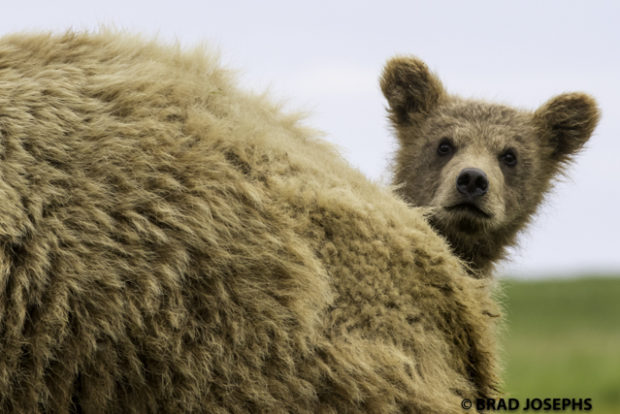
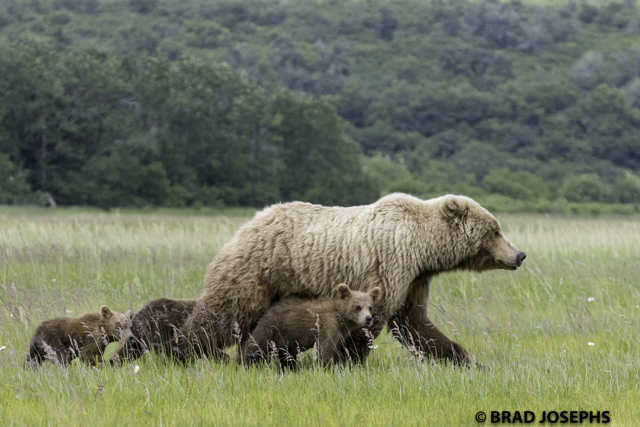
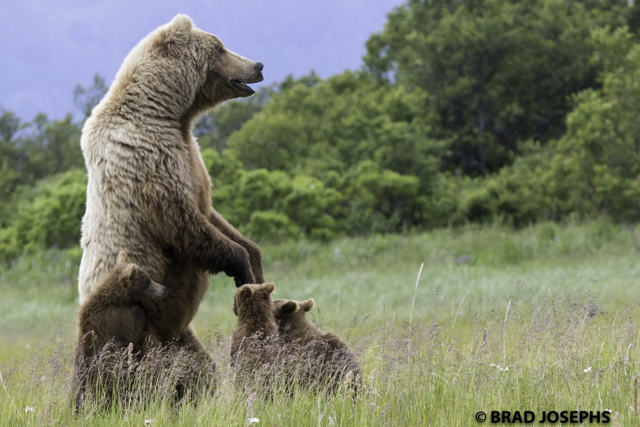
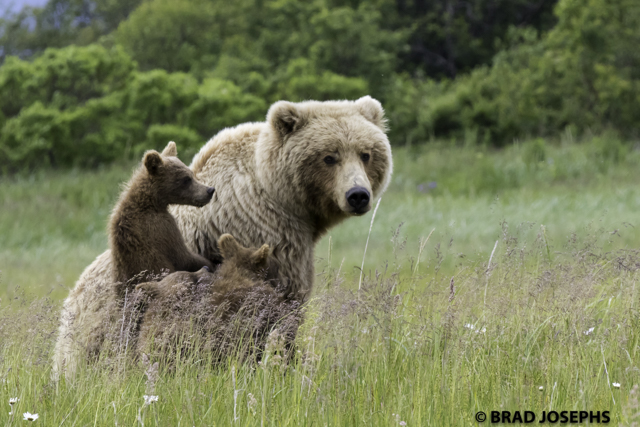
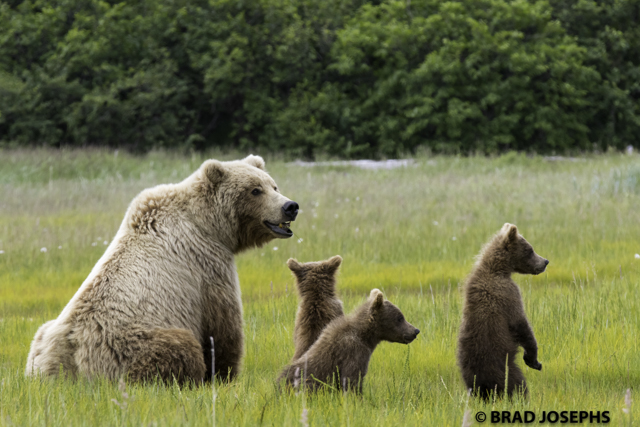
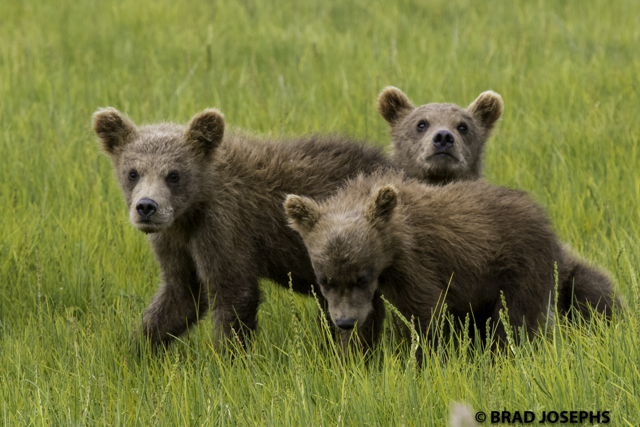
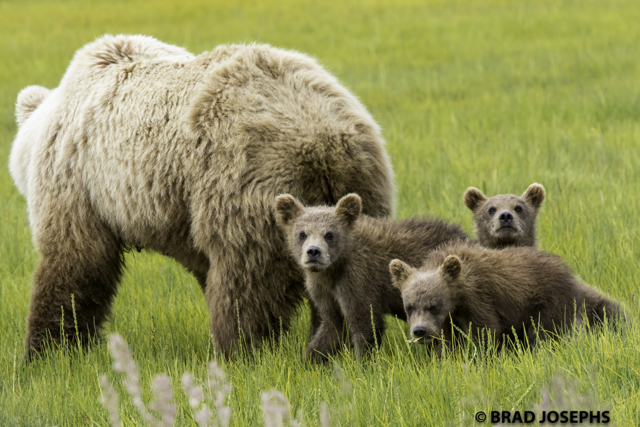
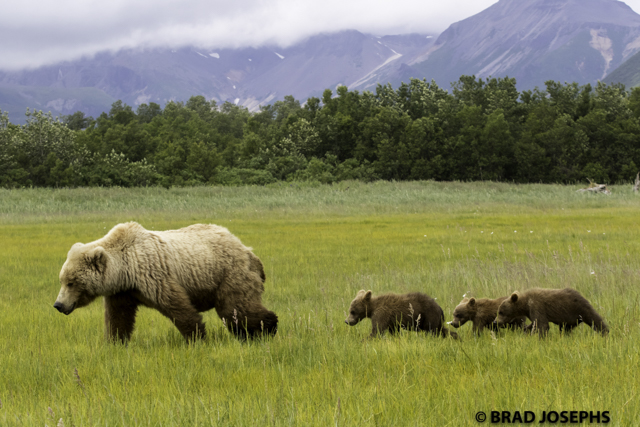
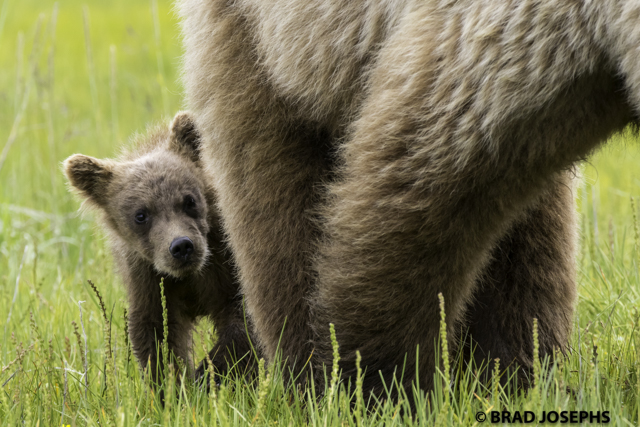
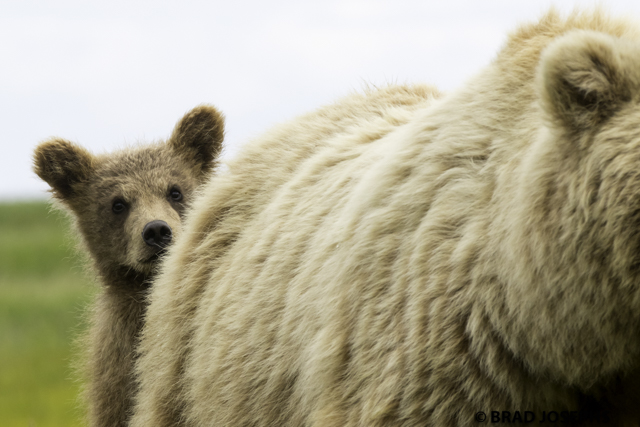
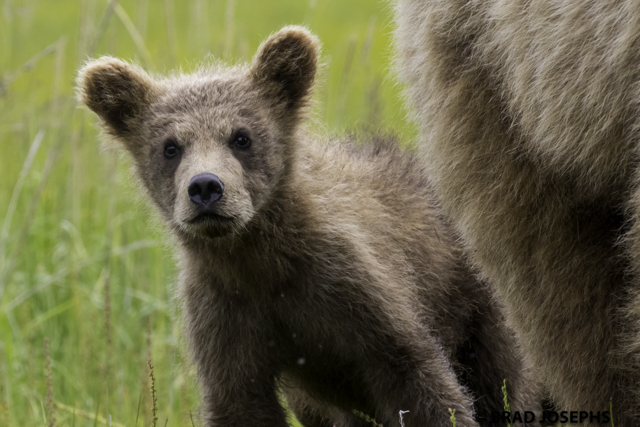
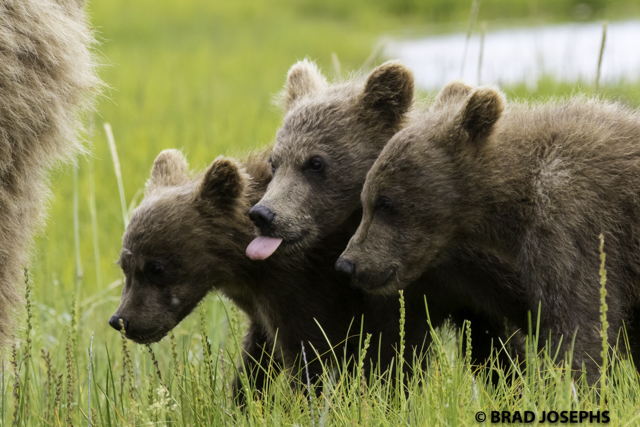
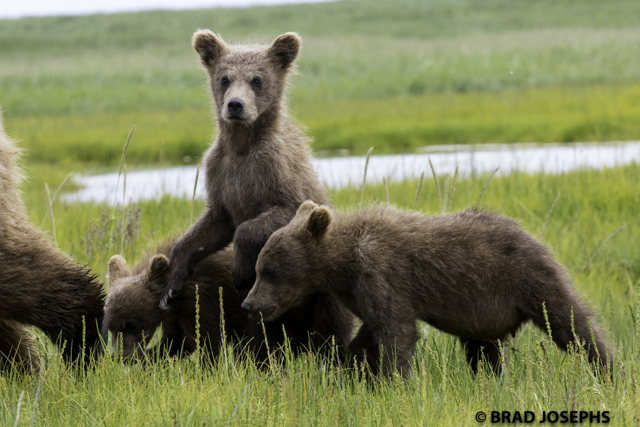
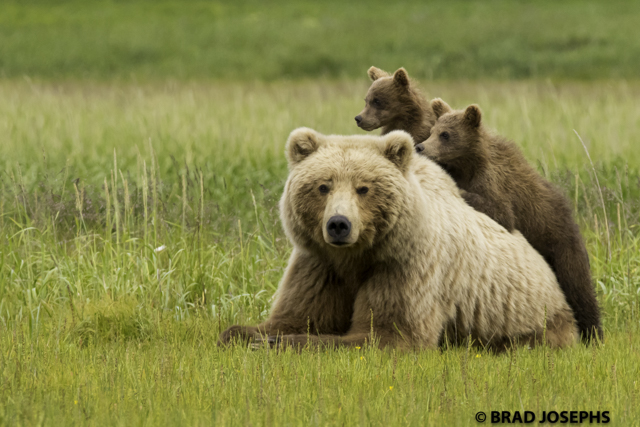
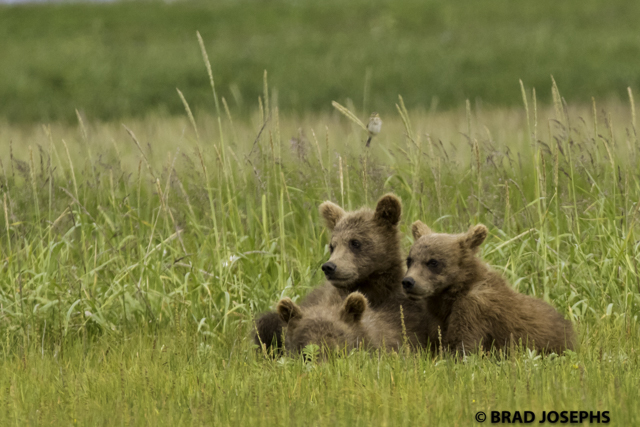
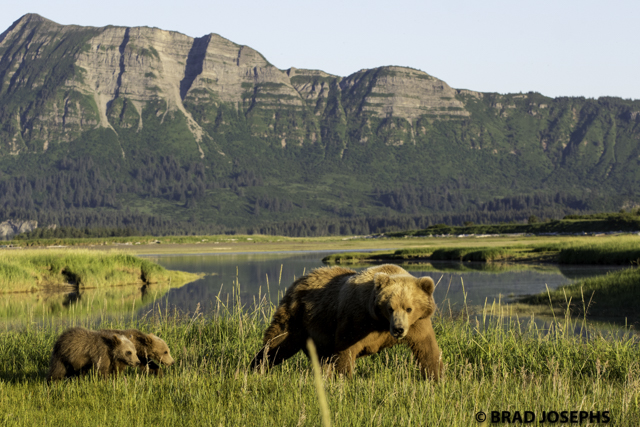
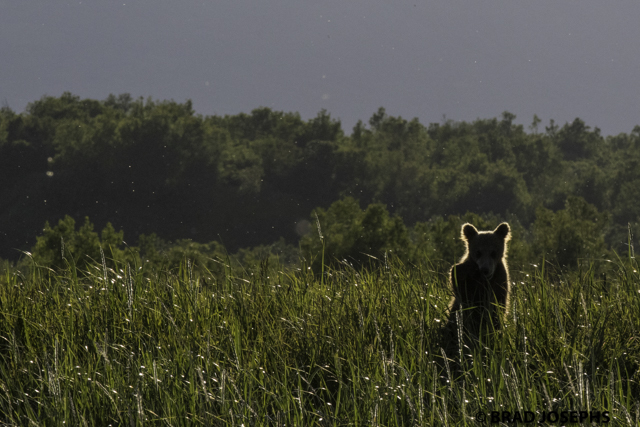
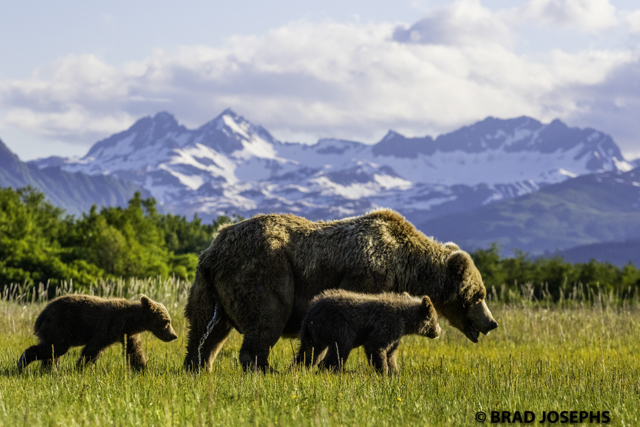
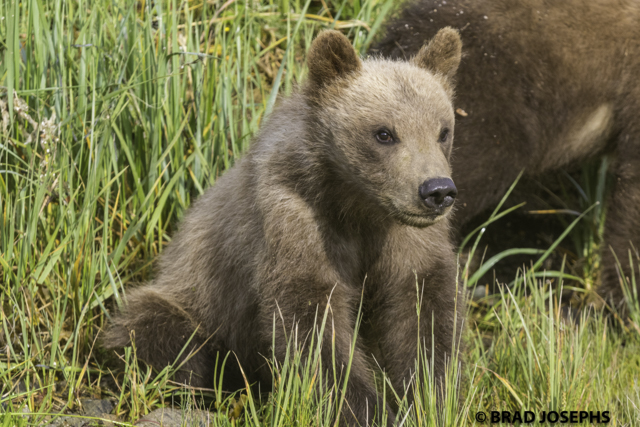
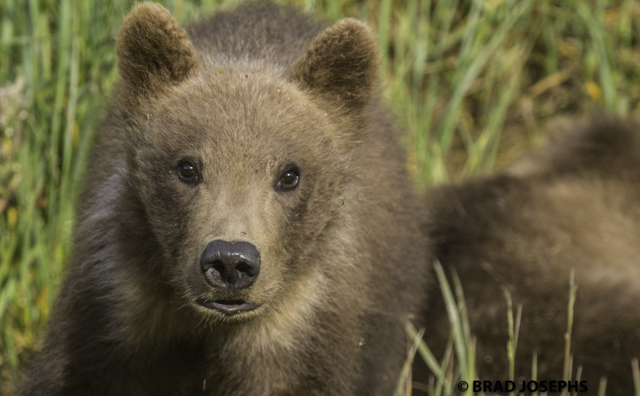
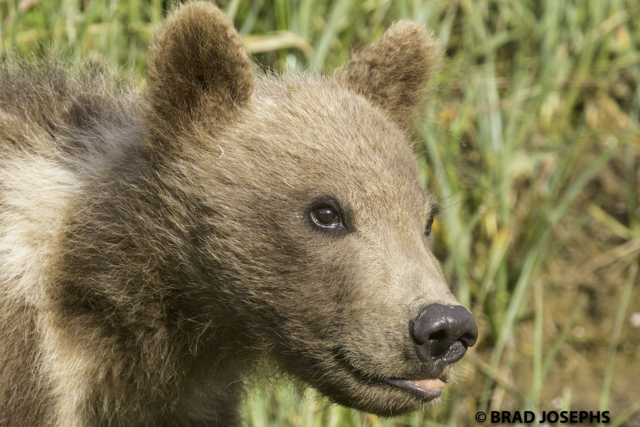
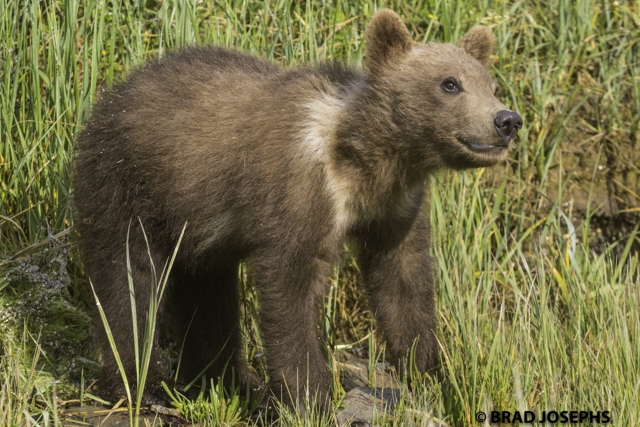
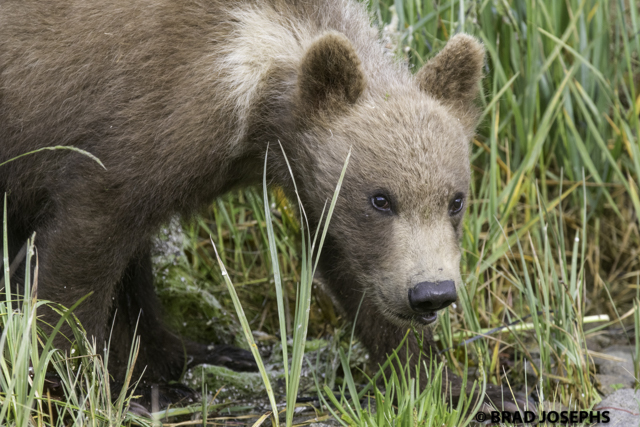

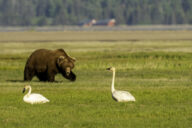

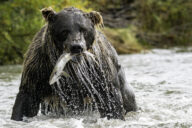
9 Comments
Absolutely fabulous photos Brad, how lucky you and your visitors have been this year!
Exquisite photos Brad
Is this related to the work and camps by Clint Hlebechuk?
Is this related to the work and camps by Clint Hlebechuk? Is there any team relation to his efforts?
I worked for Clint back in the day, 10 years ago. His camp is gone and he passed away recently.
Thank you Brad for sharing these intimate and beautiful pictures of bears with their cubs. Also thanks for your knowledge and expert insight as well
Excellent photos. Thanks for sharing. I thoroughly enjoyed spending time with you and the bears this summer. An experience of a lifetime.
excellent photos brad. could you give me feedback about how to make a career as a bear guide? where and what did you study? i’d really like to visit katmai one day, possibly even guide there. i have been in numerous bear encounters and i just think they’re amazing animals and i really love them. i think there should be more places like katmai… way more. and i hope people stop ignoring myths about bears. if there are more places like katmai and we totally stop hunting, people will understand and really respect these animals, and stop being ignorant.
sorry, i meant start ignoring myths about bears